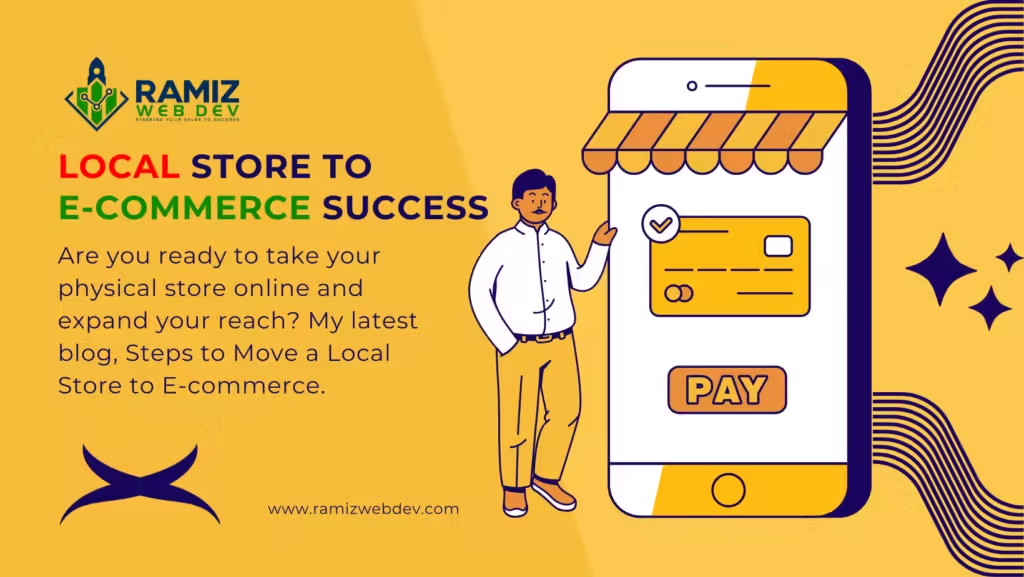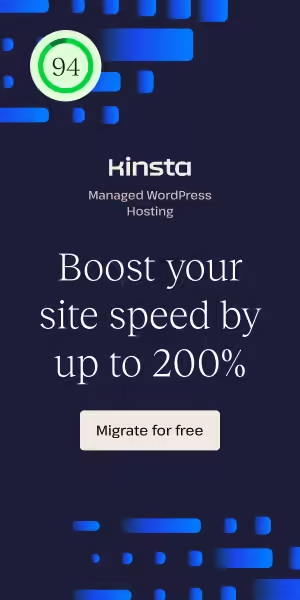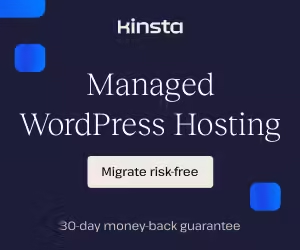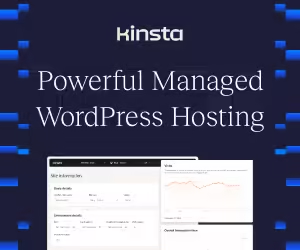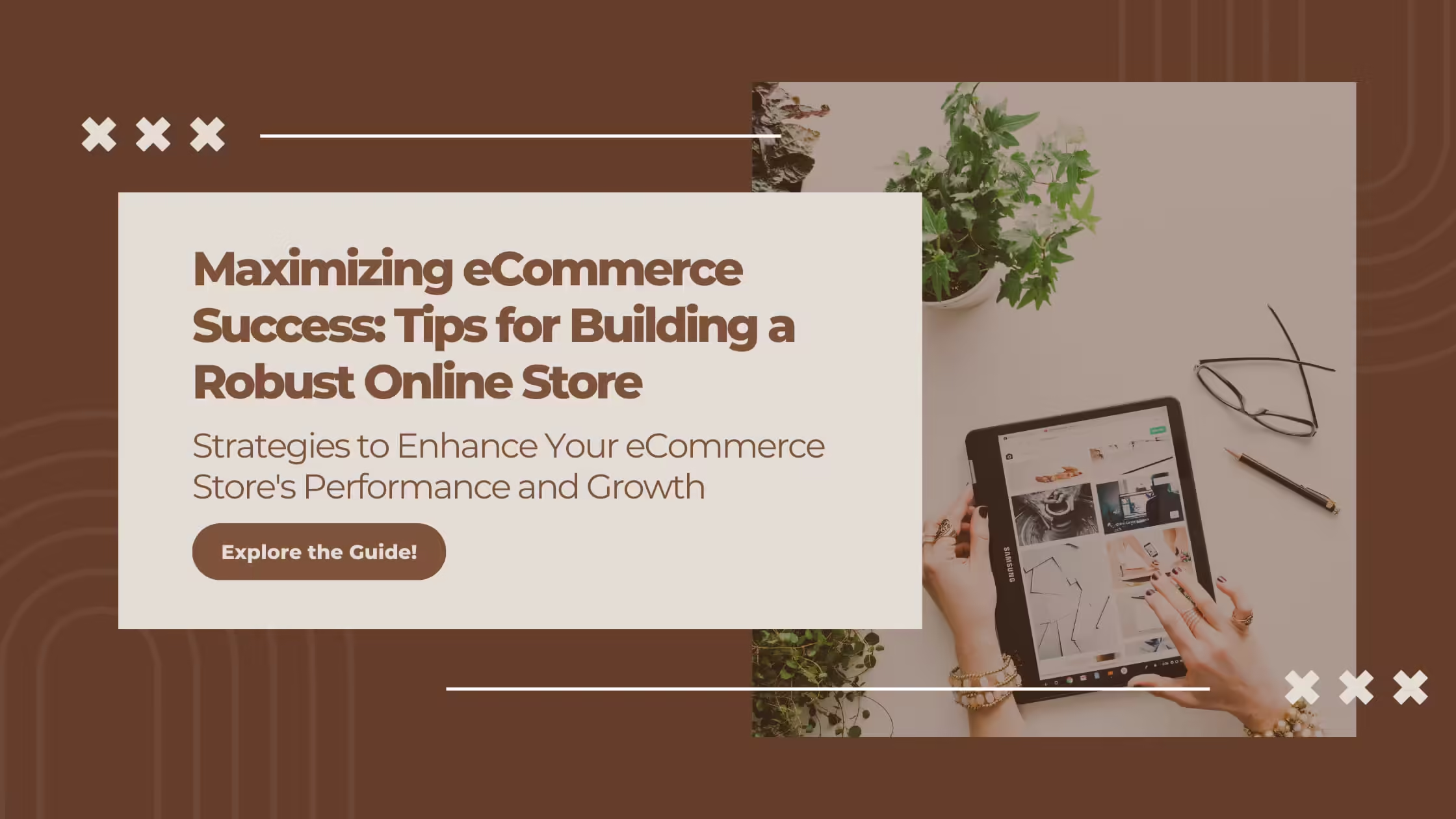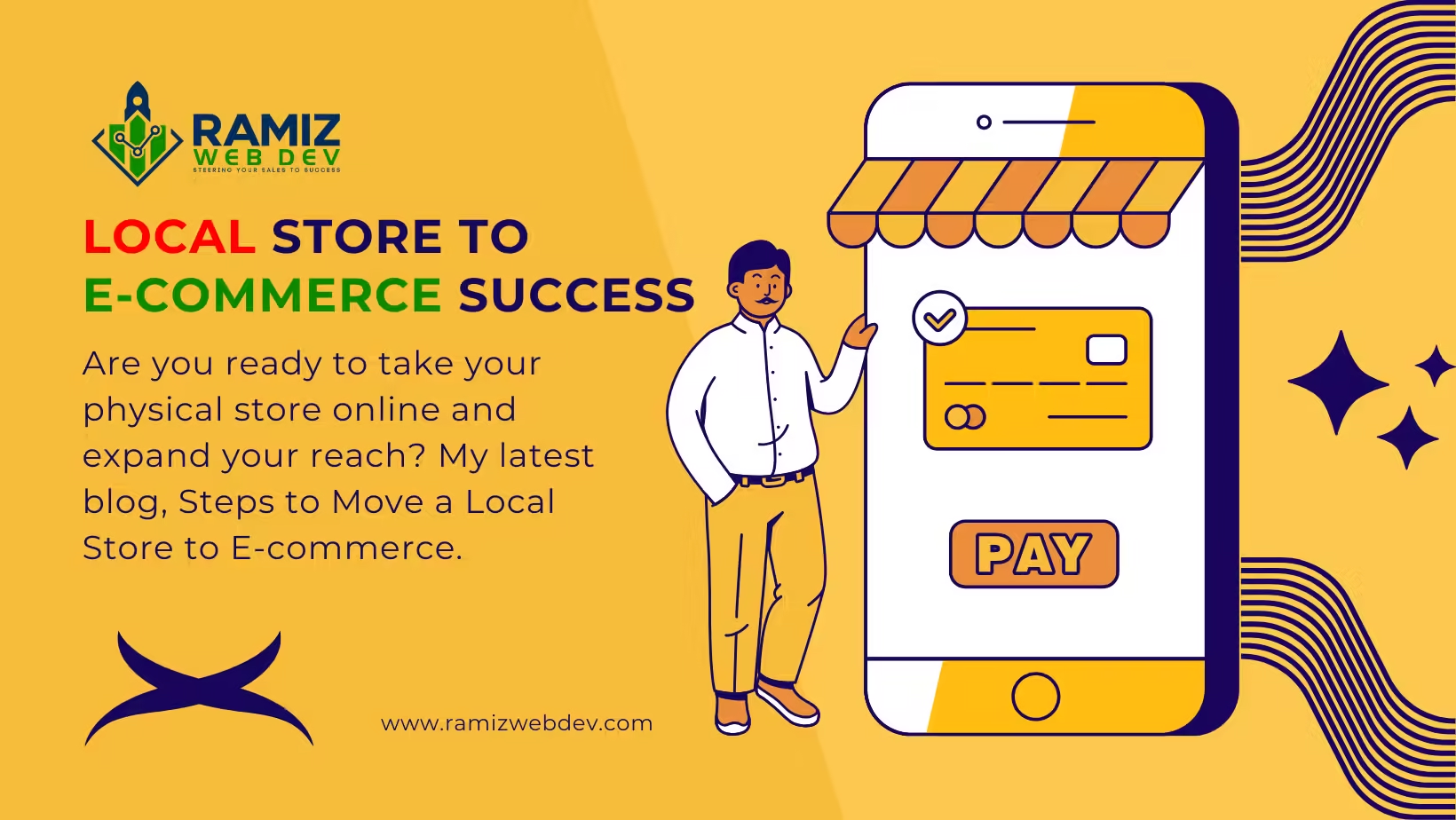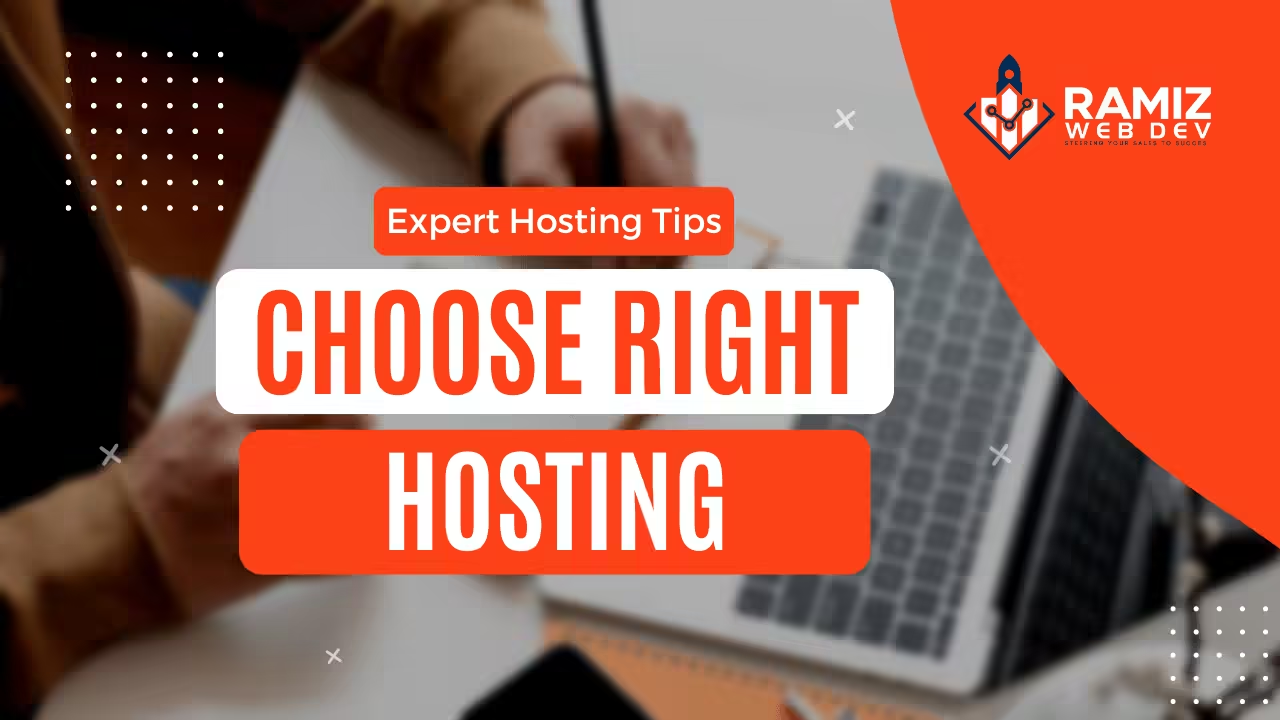Introduction
The increasing digitalization of many sectors has made it essential for businesses to expand online. Physical stores can no longer rely solely on foot traffic, as the importance of e-commerce continues to grow. Moving a local store to e-commerce may seem challenging, but with the right tools and strategies, you can boost your online presence and reach more customers. By transitioning your household products online, you open up new market opportunities and improve your store’s chances of thriving in today’s digital landscape.
1. Assess Your Business Needs for a Successful Move to E-commerce
First and foremost, it’s essential to make the groundwork with the current organizational structure before getting into e-commerce. Think about these:
- Product Catalogue: What products are you going to market over the internet? Are all of your tangible products ecommerce appropriate or there will be need to change some of the products?
- Target Audience: Can you specify the type of an online buyer you would like to engage with? The customer spends on groceries while shopping online may be different from their in-store customers. Knowing this will help define your marketing approach.
- Logistics: Will you manage the shipping demand yourself or will you employ a third party fulfillment center? Which areas are you going to provide your services to? Answering these questions will give you a detailed outline of the changes required for the successful adoption of e-commerce.
2. Choose the Best E-commerce Platform for Small Businesses
Selecting the platform is one of the most important decisions since this is the spine of your e-commerce. Several platforms exist for that matter and there differences in unit types that are quite engaging. For further assistance on establishing your business online vertically by hosting and funnel building, some hosting solutions are suggested by professionals:
- Shopify: Suitable for small and medium-sized ventures, Shopify provides an integrated solution that includes user-friendly themes that can be modified, processors that come along with tools to ease the collection of funds as well as ship the order. The reason is its simple interface.
- ClickFunnels: ClickFunnels is not only an e-platform for trading commodities, rather this one is for companies who are in the business of selling… funnels. It’s great for helping potential customers move along the buying process step by step to boost conversion rates.
- Sales Funnels: For those who want to convert a visitor into a sale, Sales Funnels provides cool tools needed to create high selling landing pages and funnels best suited for product launches or sales promotions.
- InstaWP: For users who are hungry for different strategies, one of these is InstaWP which helps you to put up WordPress sites in record time allowing you maximum freedom over how your sited looks and operates.
3. Choosing a Web Host for Your E-commerce Setup
It can’t be stressed enough the importance of reliable web hosting for the performance of your site. Any disruption, however small can cause a dent in revenue and this is why the choice of a host is critical. Take into account these expert tips:
- WPX Hosting: Offers lightning fast speeds and outstanding support. This service is particularly recommended for businesses expecting high traffic levels. It’s sub-plans include no-cost website relocations and backups.
- Kinsta: It delivers managed WordPress hosting services with consideration to safety, speed as well as scale. This service is ideal for developing companies that focus on the speed and security of the website at the same time.
- Hostinger: Low budget but dependable. Hostinger is a performance pleased hosting suitable for baby thrift like an e-commerce business. Their plans are cheap but come with SSL certificates and 24/7 support.
Your server has to correlate with your site in terms of its traffic, security features requirements
and of course, the costs associated.
4. Develop an Easy to Use Website for Your Transition from Physical Store to Online
A website is equal to a shop being a narrow street where your potential customers are going to shop. Your website should retain the customers and result in a sale. The following should be included in your website:
- Simple Understanding of Levels: Establish clear categories and subcategories for your products, to simplify searching for lighter tasks.
- Mobile Support: The website you create should definitely be compatible with phones because most people shop this ways.
- Fast loading speeds: High bounce rates occur when websites are slow. Choose a platform that ensures great speed when loading the website and reduce image sizes to reduce load time.
- Streamlined Payments: Increase the chances of success by reducing the quantity of steps that a customer must undergo to finish buying. Provide options for quick checkout and maintain all payment processes as easy and quick.
Fix this, high user experience mean increased customer satisfaction hence business growth.
5. Set Up Payment Gateways to Strengthen Your Digital Presence
If you have visitors to the website, it is paramount you have ways to convert these visitors to paying customers. The adoption of various modes of payment ensures that the customers aren’t inconvenienced in any way:
- Credit/Debit Cards: It’s the most popular method so don’t forget to get this done first.
- PayPal: With some customers opting to open PayPal accounts, this is very important
especially for global customers. - Buy Now, Pay Later (BNPL): Services like Buff, Annte, Afterpay, Affiry, Splitit and
Klarna are on the rise as they allow for customers to have a purchase for a product
without paying in a non-incremental way.
There are default payment gateways already installed for e-commerce sites such as Shopify or you may use some offered best third-party plugins based on where you are.
6. Control Shipping and Stock for an Efficient E-commerce Setup
Order processing fulfills the client orders is an essential step for customer satisfaction. Here are the things that will come up:
- Shipping Strategy: Determine if you will incorporate free shipping, a flat rate price, or charge according to the geographical distance. Free shipping can entice customers to buy more items but ensure that it is done in a practical manner
- Inventory Management: Make use of inventory management systems to avoid having grievances from clients who want to make purchases only to find out of stock items. Connect/merge both the in-store and online sales to eliminate chances of over selling the stocks.
- Third-Party Fulfillment: If the packing and distribution take too long, it would be recommended to outsource to providers whose stock management services include delivery (3PLs).
As a result of handling shipping and stock-taking accurately, clients are likely to re-order and offer positive testimonials.
7. Formulate a Web Marketing Strategy for Your Local Store’s Move to E-commerce
With your site already launched, it’s time to attract the audience. With a strong supportive digital marketing strategy, it is possible to acquire new customers and grow your brand:
- SEO (Search Engine Optimization): For efficiency in online business, your site should be optimized for relevant product keywords. Optimize the website using meta descriptions, title tags, and product descriptions that are Google searchable.
- Social Media Marketing: Instagram, Facebook, and Pinterest are perfect channels for displaying products and marketing to clients. Develop appealing content that will attract buyers and enhance it via paid advertising.
- Email Marketing: Capture emails from visitors of your website through pop-ups or sign up forms. Distribute articles, offer promotional products, and inform users about several purchases to increase their activity towards the brand.
Use of web marketing is ideal for garnering attention of prospects and cultivating them into
actual purchasers.
8. Employ Funnels to Increase Sales After Transitioning from Physical Store to Online
Sales funnels are useful in converting visitors to customers by taking them through the buying process. Here’s how to build effective funnels:
- One Funnel Away: Understand a step by step process on how to create powerful sales funnels with the end goal of selling conversions. This training helps you optimize each individual phase of the sales funnel.
- Builder Sales Funnels Launchpad: This tool caters to businesses that require a full-fledged funnel building subscription charge. It includes pre-built landing pages, sequences of emails, etc. designed to get your customers to take action.
Once you have put in place a sales funnel that is well structured and easy to navigate, there will be an increase in the average order value which will translate to an increase in the revenue generated
9. Design for a Mobile Audience to Enhance Digital Presence for Brick-and-Mortar Stores
Since more than half the website traffic is being done through mobile devices, there is need to optimize for mobile as it is no longer optional:
- Flexible Layout: Make sure that the pages of your website change the size and the layout on smart phones and tablets but still be easy to use.
- Mobile Payments: Make people spend less time checking out by providing options like ‘one-click payment, easy sign-up, or no-sign up checkout’/guest checkout.
- Quick Page Loads: The attention span of mobile users are lesser, therefore, try and reduce on heavy images and unnecessary scripts and make the page load fast.
Today a mobile-friendly site is a must if one wants to maximize their conversion rates in the internet sphere.
10. Assess Performance and Make Amendments for the Best E-commerce Setup
As soon as your store goes live, tracking its performance will aid you in making more calculated and effective use of your online store:
- Google Analytics: Utilize this web-diary to follow the activity of your site’s audience, for instance, visits, length of the visit, and the number of buys done. This analysis will reveal the deficiency, if any.
- Conversion Rates: Find out among free users how many become paying customers. Use A/B testing to change the wording, pictures and Button “Buy”.
- Customer Feedback: Launch feedback forms and proactively ask customers about their
opinions of your online store
These checking activities and parameters are very essential in enhancing the sustainability of your e-commerce store with regard to customers’ expectations.
Final Thoughts
The decision to extend the scope of the company’s activities by creating an e-commerce website from a brick-and-mortar store can be daunting. By choosing the right hosting provider, making a great looking and easy to use site and implementation of accurate sales funnels you will help the customers to feel involved even more and optimize the sales.
To facilitate the process of making an effective marketing strategy, it is advisable to employ some of the top-rated funnel and hosting builders in the market as featured in this guide to ensure that the online venture is fully functional and efficient

